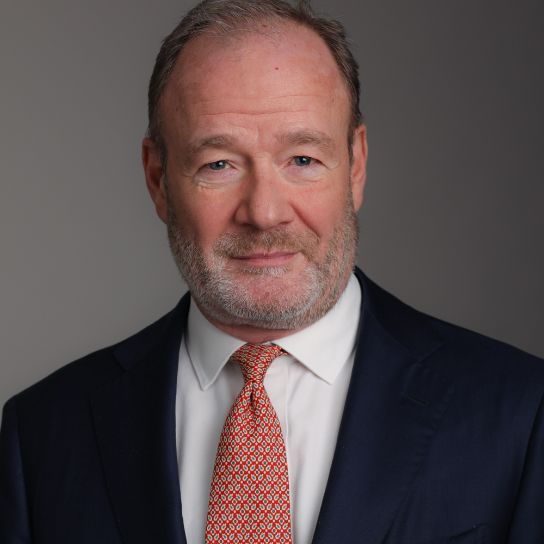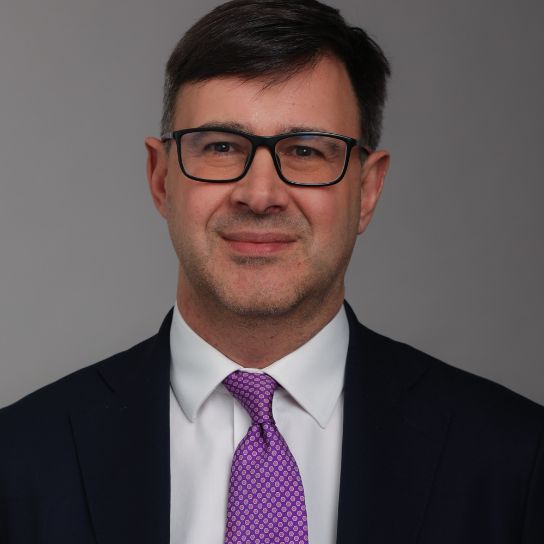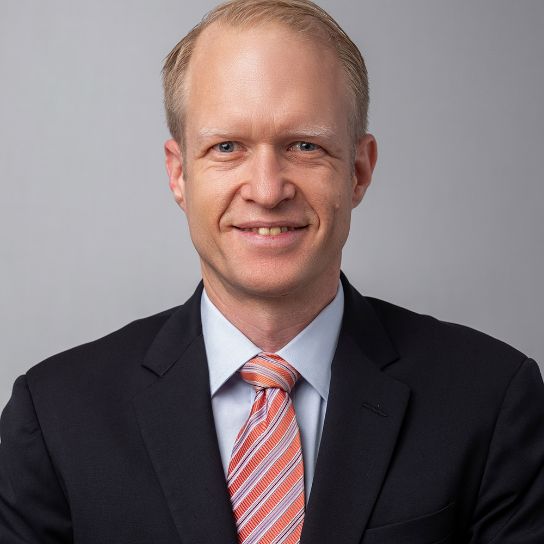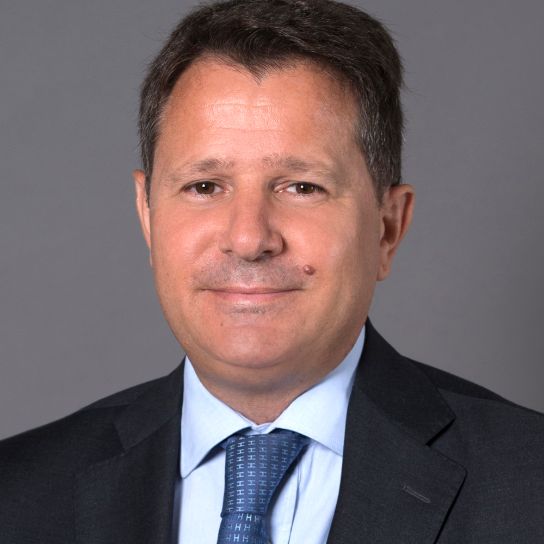With a slew of major deals in 2015 and rising value in 2016, dealmaking in the pharmaceuticals and healthcare sector remains robust.
A blockbuster year
Major cross-border deals were the order of the day in pharmaceuticals and healthcare in 2015. Transactions including Israeli generics giant Teva's ongoing US$40.5 billion acquisition of Allergan’s generics business, Abbvie's US$21 billion acquisition of Pharmacyclics and Canadian pharmaceuticals company Valeant’s US$15.5 billion takeover of gastrointestinal specialist Salix all drove announced M&A value up to US$379.6 billion.
Volume reached 456 cross-border deals in 2015 – up from 434 in 2014 and 354 in 2013 – despite a number of significant transactions being announced and subsequently withdrawn. These included US giant Pfizer’s attempted US$183.7 billion acquisition of Ireland-based Botox-producer Allergan, Teva's hostile bid for Mylan and Mylan's own hostile bid for Perrigo.
Global deal drivers
Many deals in 2015 were prompted by a desire to consolidate, creating scale and efficiencies under increasing global pressure on prices of pharmaceuticals. Companies producing branded products, specialties, biosimilars and treatments for difficult indications and rare diseases were attractive targets due to their higher margins, as was the case with Actavis's acquisition of Allergan.
Product pipeline was also a factor, as global big pharma in particular coped with blockbuster pharmaceuticals coming off patent. The acquisition of Pharmacyclics, for example, added the blockbuster blood cancer drug, Imbruvica, to AbbVie's portfolio.
Tax was the big sector story for M&A in 2014 and this continued to some extent in 2015, as more companies sought tax friendly jurisdictions outside the US. Pfizer's attempted acquisition of Allergan would have been the largest "inversion" transaction in history - its proposed relocation to Ireland was intended to bring with it significant tax benefits, but the deal was derailed in early April after the US Treasury issued changes to the rules relating to inversions.
North America – the world’s largest pharmaceuticals market – saw the most action in terms of inbound/domestic and outbound activity. There was also healthy activity in established healthcare markets like Europe as well as China, India and the Middle East.
The future of dealmaking
It is not certain that 2015’s record figures will be surpassed this year, but we believe many of the factors highlighted above will continue to influence M&A in the sector. And while 58% of dealmakers plan to concentrate on developed markets (US, Western Europe), we also believe that the search for geographical diversification and new markets (highlighted by 25% of pharmaceuticals and healthcare executives) will become more significant drivers.
For more articles like this, please visit our Beyond Borders Website
Key contacts
Legal Notice
The contents of this publication are for reference purposes only and may not be current as at the date of accessing this publication. They do not constitute legal advice and should not be relied upon as such. Specific legal advice about your specific circumstances should always be sought separately before taking any action based on this publication.
© Herbert Smith Freehills 2024




